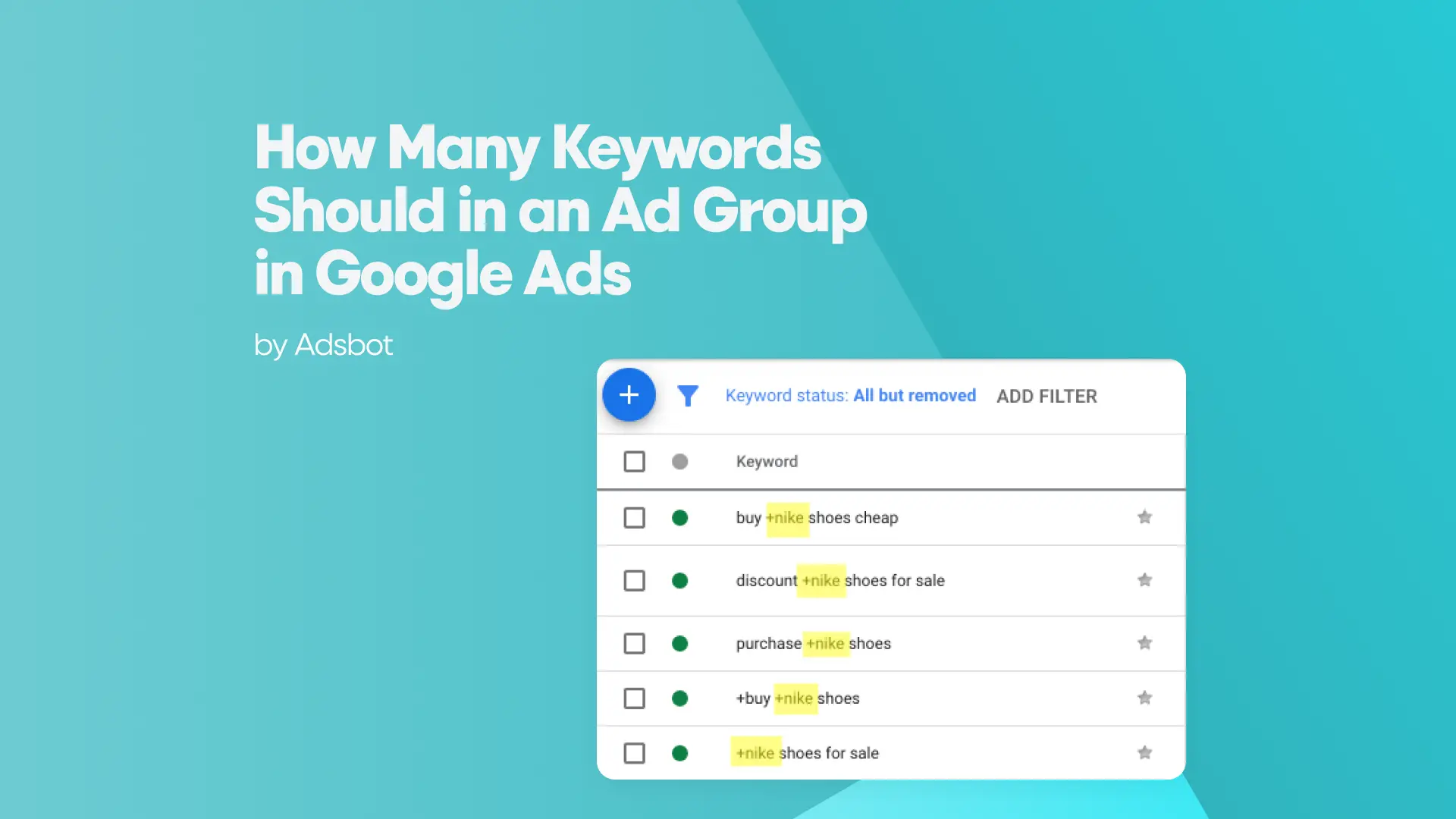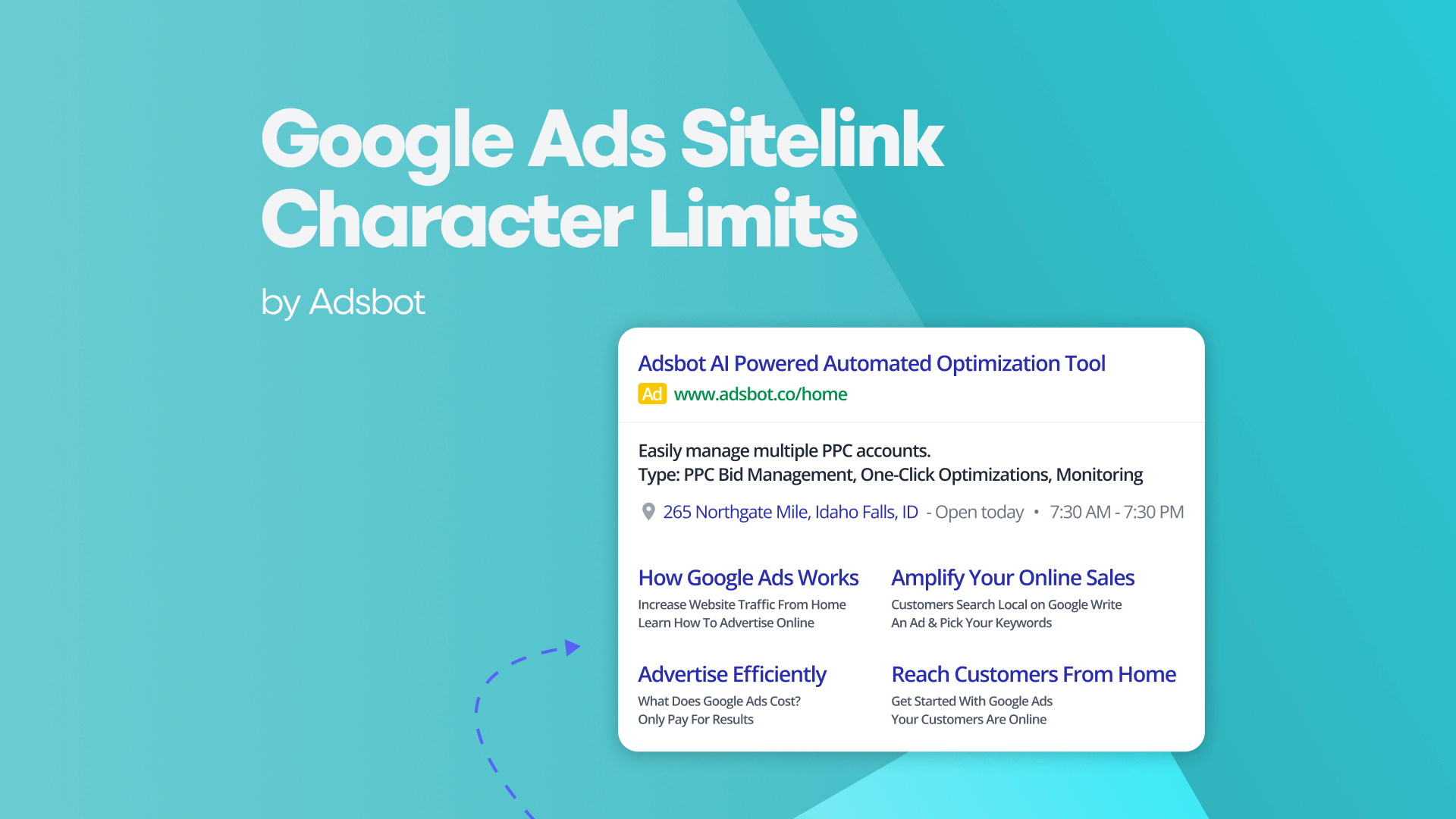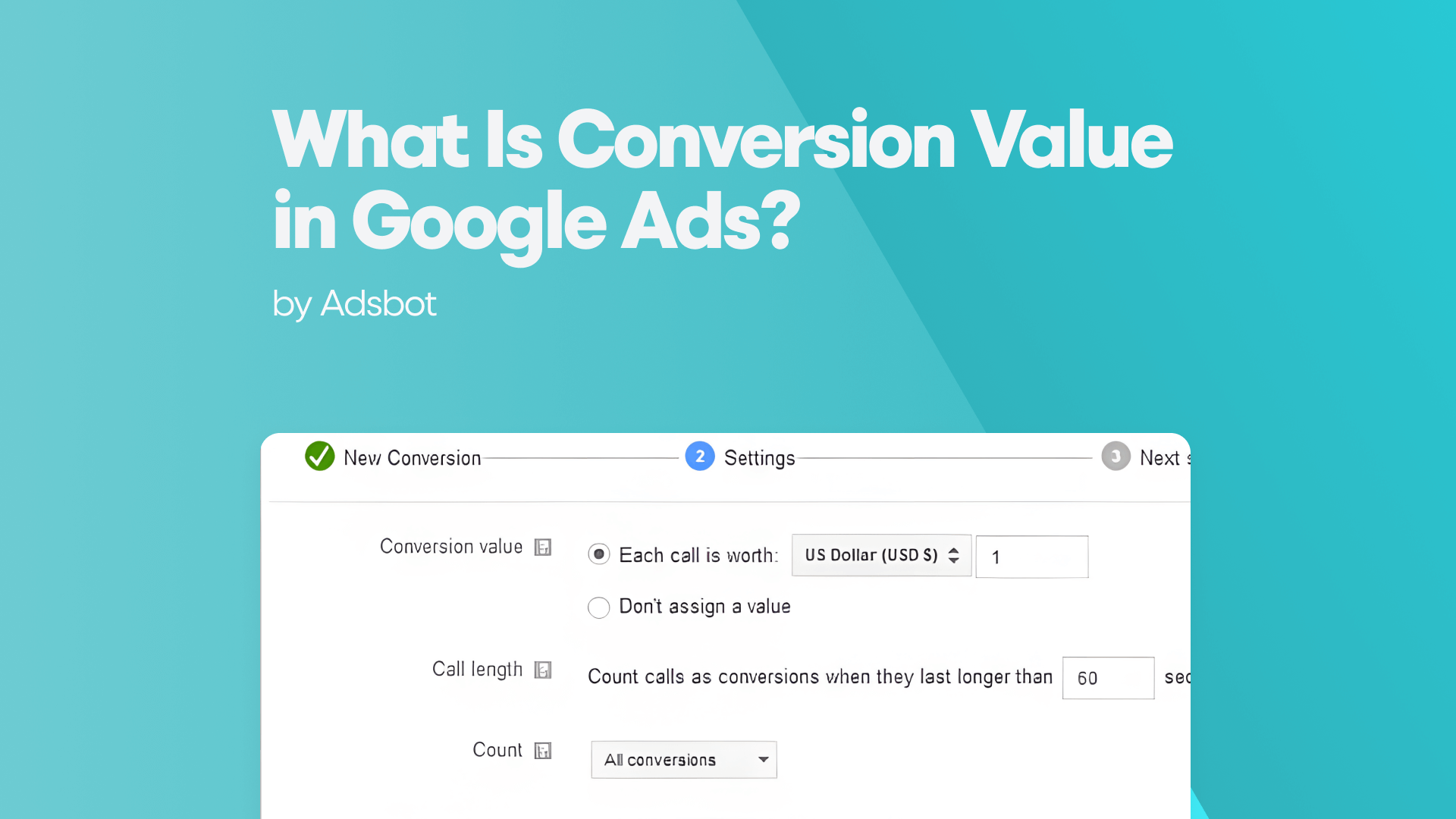Imagine reaching millions of potential customers the moment they search for products or services like yours. That’s the power of Google Ads, a platform where businesses of all sizes can dominate search results, drive targeted traffic, and boost sales with precision. Whether you’re a small business owner, a marketer, or an entrepreneur, mastering Google Ads can be your golden ticket to explosive growth. But where do you start?
This step-by-step guide will walk you through everything from setting up your first campaign to optimizing for maximum ROI. By the end, you’ll not only know how to create ads on Google but also how to outperform competitors, reduce wasted spend, and scale your results. Ready to turn clicks into customers? Let’s dive in.
Understanding Google Ads and Their Benefits
Google Ads is far more than just a paid advertising platform; it’s a highly sophisticated marketing ecosystem that connects businesses with ready-to-buy customers at the exact moment they’re searching for solutions. Unlike traditional advertising, Google Ads operates on a pay-per-click (PPC) model, meaning you only pay when someone actually clicks on your ad. This makes it one of the most cost-effective and measurable marketing channels available today. With over 5.6 billion searches per day on Google, the potential reach is unmatched, allowing businesses to target users based on keywords, demographics, location, device, and even past behavior.
The benefits of Google Ads extend beyond mere visibility. For starters, it offers unparalleled targeting precision, ensuring your ads appear only to users who are most likely to convert. Whether you’re selling e-commerce products, B2B services, or local offerings, Google Ads allows you to segment audiences with laser focus. Additionally, the platform provides real-time performance data, enabling you to track conversions, adjust bids, and refine strategies on the fly. Unlike organic SEO, which can take months to yield results, Google Ads delivers instant traffic, making it ideal for time-sensitive promotions, product launches, or seasonal campaigns. Moreover, with flexible budgeting options, businesses of all sizes, from startups to enterprises, can compete on the same playing field, scaling their spend as they grow.
Setting Up Your Google Ads Account
Before you can launch your first ad, you’ll need to create and configure a Google Ads account, a process that’s straightforward but requires attention to detail to avoid common pitfalls. Start by visiting the Google Ads homepage and clicking “Start Now”. You’ll be prompted to sign in with a Google account, ideally, one tied to your business for seamless integration with other Google services like Analytics and Search Console. Once logged in, Google will guide you through a step-by-step setup wizard, where you’ll define your primary advertising goal (e.g., sales, leads, website traffic) and basic business information. This initial setup is crucial because it shapes your account structure, influencing everything from campaign types to billing options.
After completing the wizard, you’ll land in the Google Ads dashboard, where the real work begins. Here, you’ll need to verify your billing information. Google requires a valid payment method (credit/debit card or bank account) before your ads can go live. Pro tip: Start with a small daily budget (e.g., $10–$20) to test the waters before scaling. Next, link your Google Ads account to Google Analytics to unlock deeper insights into user behavior post-click. This integration helps you track conversions, bounce rates, and customer journeys, which are invaluable for optimization. Finally, set up conversion tracking by adding a small snippet of code to your website. This ensures you can measure ROI accurately and attribute sales or leads directly to your ads.
Choosing the Right Campaign Type for Your Goals
Selecting the optimal campaign type is the foundation of a successful Google Ads strategy, as it determines where your ads appear, how they’re formatted, and who sees them. Search campaigns are the most popular choice for beginners because they display text ads directly in Google search results, capturing users with high purchase intent. After all, someone searching for “best running shoes 2024” is far more likely to buy than a casual browser. These campaigns are ideal for lead generation, e-commerce sales, and local service promotions, offering keyword-level control and detailed performance metrics. Other campaigns include:
- Display campaigns, which place visual banner ads across Google’s network of 2 million+ websites and apps, making them perfect for brand awareness and retargeting. These ads use images, videos, or interactive media to engage users who aren’t actively searching but may be interested in your offerings.
- Shopping campaigns, designed exclusively for e-commerce businesses, automatically pull product data from your Google Merchant Center feed to showcase rich product listings with images, prices, and reviews directly in search results.
- Video campaigns, which run on YouTube and partner sites, leverage skippable or non-skippable ads to reach audiences through engaging video content. These are powerful for storytelling, tutorials, or product demos.
- App campaigns, which promote mobile apps across Google’s entire ecosystem (Search, Play Store, YouTube, and Display Network), use machine learning to optimize for installs or in-app actions.
- Smart campaigns are a simplified, automated option for small businesses with limited time. Google handles keyword selection, bidding, and ad placement, though this comes at the cost of less control and customization.
Ultimately, the best campaign type depends on your business model, audience, and goals. For example, a local bakery might prioritize Search and Display ads to drive foot traffic, while a SaaS company could focus on Search and Video ads to generate demo sign-ups. Test multiple campaign types to identify what resonates with your audience, and allocate budget accordingly based on performance data.
Targeting Your Audience Effectively in Google Ads
The secret sauce of Google Ads isn’t just creating ads, it’s putting them in front of the right people at the right time. Audience targeting is where wasted spend is eliminated and conversion rates skyrocket, but it requires a strategic approach beyond basic demographics. Start with keyword targeting in Search campaigns, where you bid on specific phrases your ideal customers are searching for. For example, a personal injury lawyer might target “car accident attorney near me” instead of generic terms like “lawyer”, ensuring their ads reach users with immediate legal needs. Use Google’s Keyword Planner to discover high-intent, low-competition keywords, and leverage negative keywords (e.g., “free,” “DIY”) to filter out irrelevant traffic that won’t convert.
Beyond keywords, layer in audience segmentation to refine your reach. Demographic targeting (age, gender, income) helps tailor messaging; for instance, a luxury watch brand might focus on men aged 35–55 with high household incomes. Location targeting is critical for local businesses; use radius targeting around your store or exclusion zones to avoid areas outside your service range. For retargeting, deploy remarketing lists to re-engage users who visited your site but didn’t convert. These audiences are 3–5x more likely to buy than cold traffic. Finally, affinity and in-market audiences (available in Display and Video campaigns) let you target users based on their interests and recent purchase behavior, such as “fitness enthusiasts” or “travel planners”. Combine these tactics with ad scheduling to run ads during peak conversion hours (e.g., evenings for B2C, weekdays for B2B), maximizing your ROI per dollar spent.
How to Set a Budget and Bidding Strategy
Your budget and bidding strategy are the financial levers that determine whether your Google Ads campaign succeeds or drains your wallet without results. Start with a daily budget that aligns with your business goals. For testing, allocate $10–$50 per day, scaling up as you gather data. Google allows you to set a monthly spending limit to prevent overspending, but remember: your actual daily spend can fluctuate by up to 20% due to algorithmic optimizations. A common mistake is setting a budget too low for your industry; competitive niches like legal services or insurance may require $100+ per day to gain traction, while local services (e.g., plumbers, dentists) can thrive on $20–$50 daily. Other key factors include:
- Bidding strategy selection, which dictates how Google automates or manually controls your ad placement. For beginners, “Maximize Clicks” is a safe starting point, as it automatically adjusts bids to drive the most traffic within your budget. More advanced users should explore “Target CPA” (Cost Per Acquisition) or “Target ROAS” (Return on Ad Spend), which optimize for conversions or revenue, respectively.
- Manual CPC (Cost-Per-Click) bidding, which gives you full control over how much you pay per click. This is ideal for high-stakes campaigns where you’ve identified profitable keywords and want to outbid competitors strategically. Use bid adjustments to increase bids by 20–50% for high-value audiences (e.g., past purchasers) or decrease bids for underperforming segments.
- Smart Bidding, Google’s AI-powered bidding that uses machine learning to optimize for conversions. While powerful, it requires sufficient conversion data (at least 30 conversions in 30 days) to work effectively, not recommended for new accounts.
- For greater efficiency, tools like Adsbot can automate these adjustments using customizable automation agents. This allows you to set up rules to automatically modify bids and budgets in real time based on performance, such as raising bids on high-converting keywords or pausing campaigns that are performing poorly.
- Ad rank factors, which influence where your ad appears on the page. Your bid amount is just one component; ad relevance, landing page experience, and expected click-through rate (CTR) also play a role. A high-quality ad with a lower bid can outrank a poor-quality ad with a higher bid, so optimize your ad copy and landing pages to improve Quality Score.
- Seasonal budget adjustments, essential for businesses with fluctuating demand. For example, a retailer should increase budgets by 30–50% during holiday seasons, while a tax consultant might ramp up spending in Q1. Use Google’s “Seasonality Adjustments” tool to temporarily boost bids during peak periods.
The golden rule? Start conservative, measure relentlessly, and scale what works. Use Google’s “Recommendations” tab for data-driven suggestions, but always validate changes with A/B tests. For example, if Smart Bidding suggests a 20% higher Target CPA, test it on a small campaign segment before applying it account-wide. Over time, refine your strategy based on conversion rates, cost per lead (CPL), and revenue data to ensure every dollar spent delivers maximum impact.
Optimizing Google Ads for Better Results Over Time
Launching a Google Ads campaign is just the beginning; the real magic happens in optimization, where data-driven tweaks transform underperforming ads into conversion machines. Start with A/B testing ad copy: Create 3–5 variations of your headline and description, testing different value propositions (e.g., “Free Shipping” vs. “24-Hour Delivery”). Use Google’s “Ad Strength” indicator to gauge effectiveness, but prioritize real-world performance metrics like CTR and conversion rate. Similarly, rotate landing pages to identify which design, offer, or call-to-action (CTA) drives the most conversions. Tools like Google Optimize can automate this process.
Next, refine your keyword strategy by analyzing search term reports to discover high-converting queries you’re not bidding on. Add these as new keywords and exclude irrelevant terms as negatives. For example, if you sell premium coffee beans but notice clicks from “cheap coffee”, add “cheap” as a negative keyword to filter out low-intent traffic. Adjust bids based on device performance. Mobile users may convert differently than desktop users, so increase bids by 15–30% for devices with higher conversion rates. Additionally, leverage audience insights to create custom segments; for instance, if women aged 25–34 convert at 2x the rate of other demographics, allocate more budget to that group.
Finally, automate and scale what works. Use Google’s automated rules to pause underperforming keywords (e.g., CTR < 1%) or increase bids for high-converting terms. Implement responsive search ads (RSAs), which dynamically combine headlines and descriptions to find the best-performing combinations. For retargeting, set up dynamic remarketing ads that show personalized product recommendations based on users’ browsing history. Monitor competitor activity with tools like SpyFu or SEMrush to identify gaps in their strategy that you can exploit. By continuously testing, analyzing, and refining, your Google Ads campaigns will evolve from good to great, delivering sustainable growth and market-leading ROI.
Popular Posts
-
How Many Keywords Should Be In an Ad Group in Google Ads?
For the vast majority of modern campaigns, the ideal number…
Read more -
Google Ads Script for Dummies: An Introduction
Imagine you have an e-commerce website that sells licensed superhero…
Read more -
Google Ads Sitelink Character Limits
Your Google Ads are cutting off in the middle of…
Read more -
What Is Conversion Value in Google Ads?
What if you could put a price tag on every…
Read more
Register for our Free 14-day Trial now!
No credit card required, cancel anytime.





